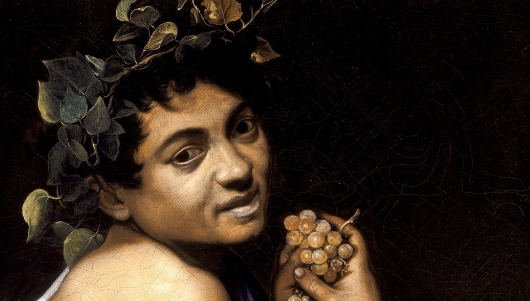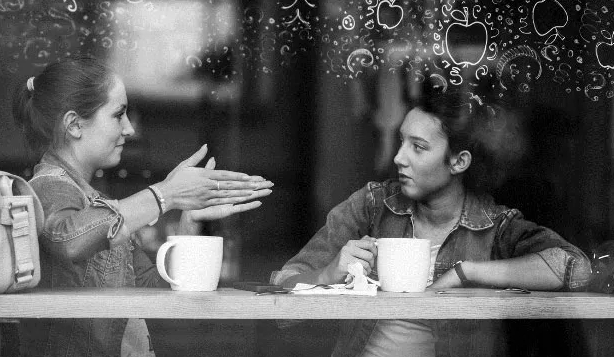Caravaggio’s Bacchus Self-Portrait: A Masterpiece of Artistic Innovation
Italian artist Caravaggio is renowned for his revolutionary approach to painting during the Baroque period. One of his most famous works is the Bacchus self-portrait, a stunning example of his innovative style.
Capturing the Essence of Bacchus
In this self-portrait, Caravaggio depicts himself as Bacchus, the Roman god of wine and revelry. The painting epitomizes Caravaggio’s ability to bring mythological subjects to life through his intense realism and emotional depth.
The artist’s striking use of light and shadow creates a dramatic contrast that highlights Bacchus’ youthful features and arresting gaze. The intricate details of Bacchus’ clothing and accessories reveal Caravaggio’s meticulous attention to realism and naturalism.
A Masterful Exploration of Self
Caravaggio’s decision to portray himself as Bacchus is a bold and personal statement. By aligning himself with the god of wine and ecstasy, Caravaggio infuses the self-portrait with themes of indulgence, pleasure, and self-discovery.
The painting’s composition and posture convey a sense of confidence and self-assurance, reflecting Caravaggio’s own complex relationship with his identity and artistic persona. The Bacchus self-portrait offers a fascinating glimpse into the artist’s inner world and creative process.
An Enduring Legacy
Caravaggio’s Bacchus self-portrait continues to captivate viewers and art enthusiasts around the world. Its innovative approach to portraiture and psychological depth have solidified its place as a masterpiece of artistic innovation.
Through his mastery of light, shadow, and emotion, Caravaggio’s Bacchus self-portrait remains a timeless testament to the artist’s enduring influence on the world of art.



